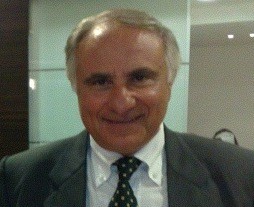Abstract
Background. The use of PD depends on economic, structural and organizational factors. The nephrologist’s opinion is that peritoneal dialysis is less used than it shold be. In Italy, PD is not carried out in private Centers, but neither is it in around one third of Public Centers. The aim of this study was to investigate the opinions of nephrologists on PD in Public Centers only, thereby nullifying the influence of the economic factors.
Materials and Methods. The investigation was carried out by means of an online questionnaire (Qs) via mail, and during meetings and Congresses in 2006-07. The Qs investigated the characteristics of the Centers, the nephrologists interviewed, and opinions on the various aspects of the choice of Renal Replacement Therapy Renal Replacement Therapy (RRT) (26 questions). Responses were received from 454 nephrologists in 270 public Centers. Among these, 205 centers (370 Qs) report PD (PD-YES), 36 (42 Qs) do not (PD-NO) and 29 (42 Qs) do not use it but send patients selected for PD to other Centers (PD-TRANSF).
Results. The PD-NO and PD-TRANSF Centers are significantly smaller, with greater availability of beds. In the PD-YES Centers the presence of a pre-dialysis pathway, early referral and nurses dedicated solely to PD are associated with a higher use of PD.
The nephrologists in the PD-NO Centers rate PD more negatively in terms of both clinical and non-clinical factors. The belief that more than 40% of patients can do either PD or HD differs among the nephrologists in the PD-YES (74.3%), PD-TRANSF (45.2%) and PD-NO (28.6%) Centers. Likewise, the belief that PD can be used as a first treatment in more than 30% of cases differs among the nephrologists in PD-YES (49.2%), PD-TRANSF (33.3%) and PD-NO (14.3%) Centers.
Conclusions. The use of PD in Public Centers is conditioned by both structural and organizational factors, and by the opinions of nephrologists on the use and effectiveness of the technique.
Graphical abstract

Keywords: Peritoneal Dialysis, Hemodialysis, Modality selection, Physicians opinion, Chronic Kidney Disease













